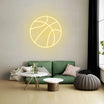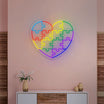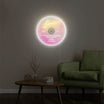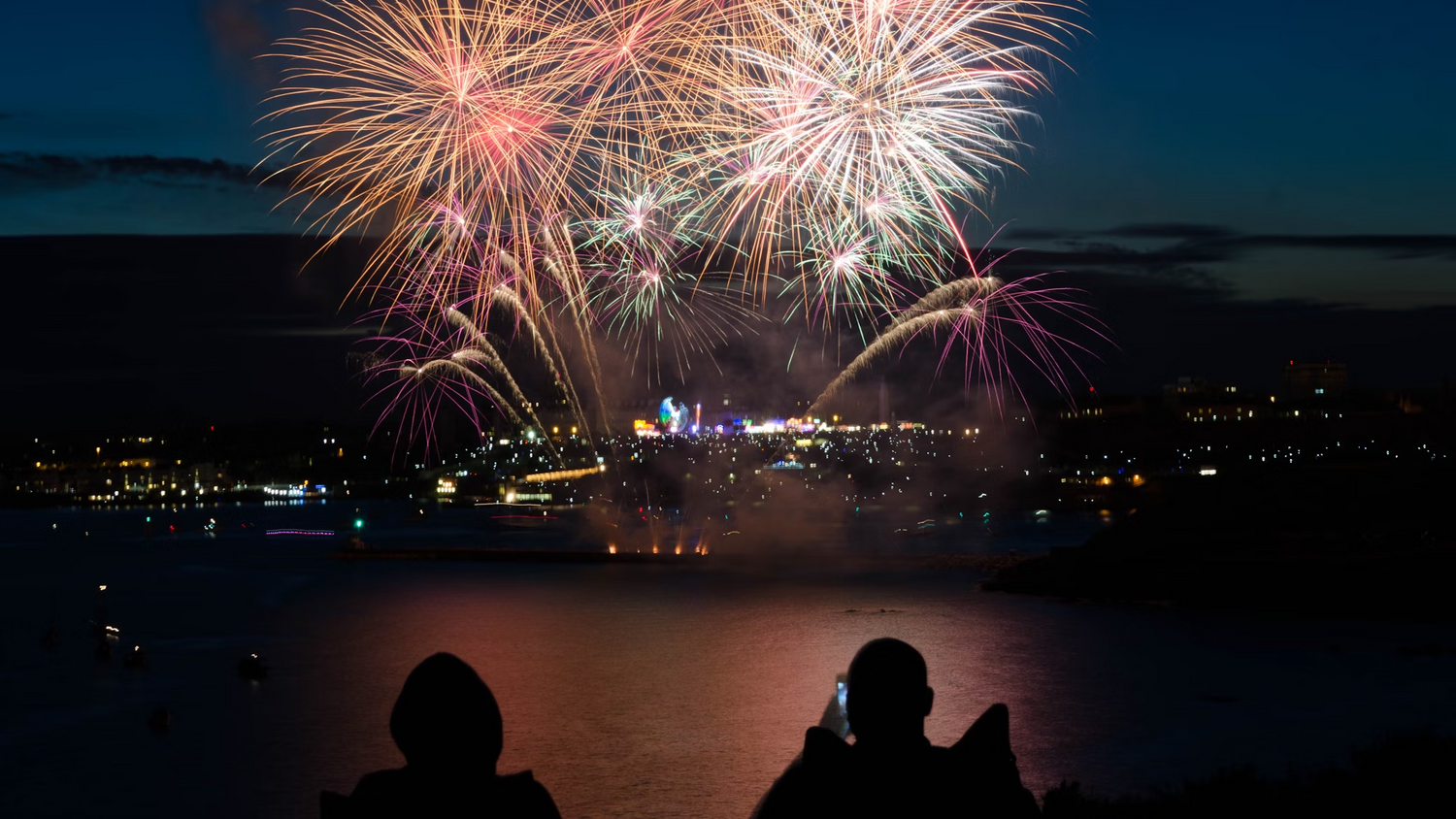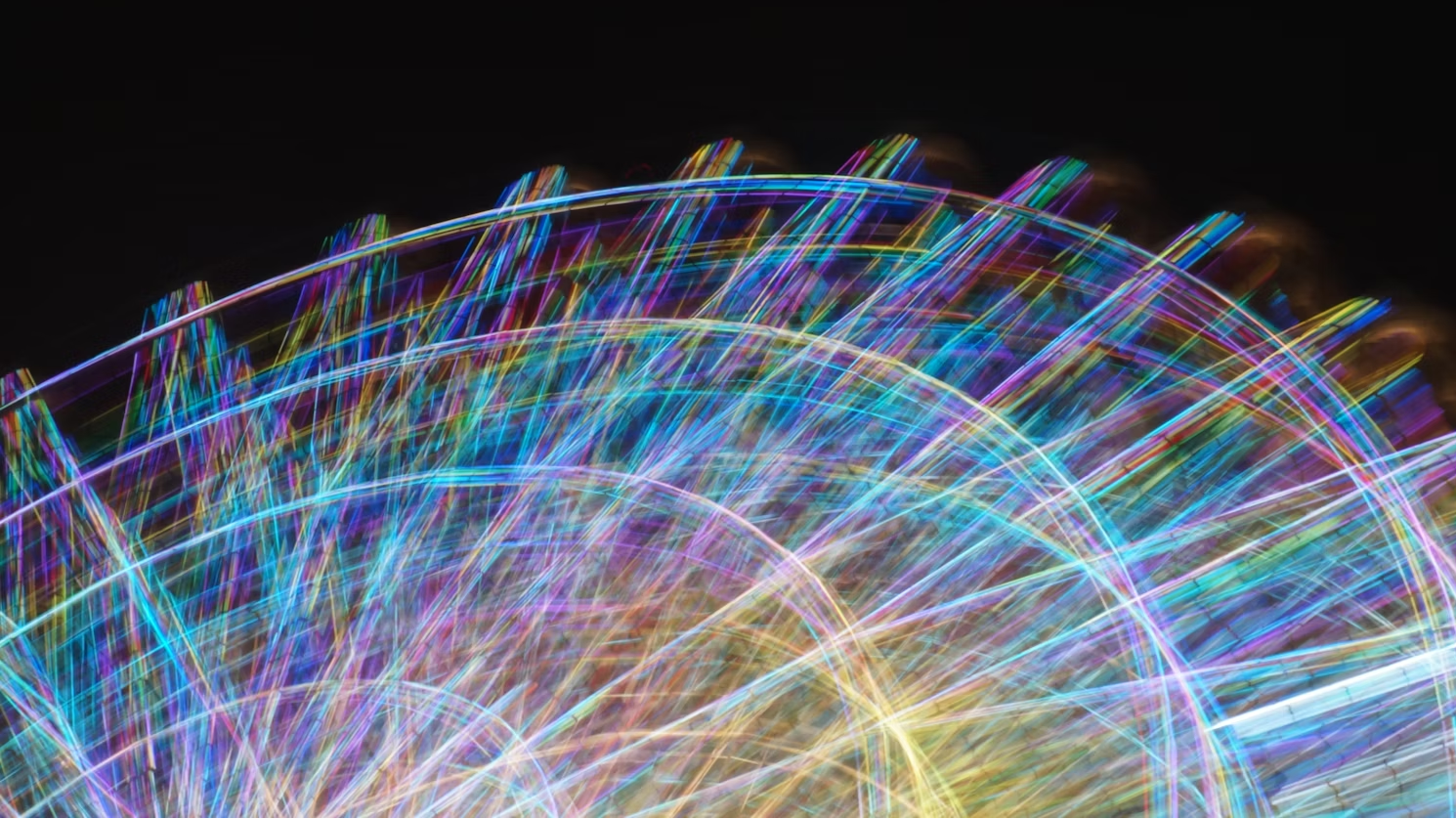Table of Contents
Neon signs have been used in New Year’s Eve celebrations for many years and you should add them to your lighting setup this year. You can use neon signs to pass a message, create a mood, etc. The good thing is you can keep the same signs all year round or store them and reuse them for many other New Year’s Eve celebrations because they last long.
In this post, we discuss some unique and creative ways you can use neon signs to light up New Year’s Eve this year. We’ll also discuss the benefits of choosing DIY neon signs, essential materials needed, a step-by-step guide to creating the signs, creative design ideas, and lighting tips to create a memorable event. Let’s get right into it!

Why Choose DIY Neon Signs for New Year's Eve?
There are many reasons why neon signs are so loved for decorating and lighting up most celebratory moments including New Year’s. Here are some of them:
Neon Signs Easy to Customize
The top reason why most people like using neon signs for New Year’s decorations and lighting is how customizable they are. You can customize your neon signs to your heart’s desires and it’s quite easy to do so especially if you use a customization company and design it online.
You can customize your neon signs to:
- Include personalized text: Add your name, initials, date, a quote, etc.
- Include custom shapes and icons: Maybe add your company logo, hearts, themed icons for the occasion, your horoscope sign, etc.
- Capture a theme/color theme: Neon signs can be customized to match all colors imaginable.
- Include specific designs: Like a face, transition to a new year, etc.
- To create dynamic lighting effects
- To add interactive features, and much more
Neon Signs Last Long
Neon signs are easily the most durable among other types of lighting you can use to illuminate New Year’s celebrations. It is the reason you can still come across a few working neon signs from many decades ago on a street corner, antique shop, or alleyway today.
Neon signs are made from durable materials and use reliable technology. A traditional neon sign is made of sealed glass tubes filled with an inert gas like neon or argon both of which are chemically stable.
They also function in a way that minimizes wear and tear to the components by passing a current through the gases. For what it is worth, neon signs are also quite easy to maintain and repair because they have few components.
Affordable and Energy Efficient
You need more than a few neon signs to illuminate this year’s New Year’s celebrations and neon signs happen to be quite affordable and energy efficient. This means you can purchase, customize, and light up more than a dozen neon lights without breaking the bank.
Neon signs, despite being so bright and colorful consume less energy than many other light sources used for decoration. A standard neon sign consumes between 50 to 100 watts of power per hour on average. More or less the same as that of a typical household bul. Compare that with incandescent lights that consume between 300 to 500 per hour. Modern signs using new technology but made to look like traditional neon signs are even more energy efficient.
Essential Materials for DIY Neon Signs
Since we are going the creative route and creating unique neon signs for this year’s New Year’s celebrations, we need to get right down to the details. The following are the essential materials we will need for DIY neon signs for New Year’s:
1. Neon Flex Tubing
You will need neon flex tubing because it is responsible for creating light or the glowing design in our DIY neon sign. You can find neon flex tubing online in all shapes and sizes depending on your preferences.
Neon flex tubing mimics traditional tubing but it is more modern and safer for DIY neon sign projects. Because it is flexible, you can bend it into any shape or pattern to customize your DIY neon to your heart’s desire.

2. Power Supply and Wiring
You’ll need to power your neon sign so purchase a power supply of the correct wattage depending on the size of your sign. The power supply will convert AC to DC to provide stable electric current to the flex tubing and the wiring to connect everything up. Here are some specifications to keep in mind:
Voltage: Standard neon tubing in the market currently operates on 12V or 24V direct current (DC). The power supply you choose should match the flex tube’s voltage rating.
Wattage: You’ll need to buy a power supply that can supply 4-6 watts per meter of the flex tube (approximately 1.2 to 1.8 watts per foot). You can multiply the length of your flex tube by the wattage to get the total wattage. For instance, you will need a 30-watt power supply for a 5-meter sign.
Wiring: You need to buy the correct type and size of wires for your DIY neon sign. In most cases, 18-22 AWG wiring is great for low-voltage DIY neon sign projects. The wires should be insulated and secured with the right connectors on both ends.
3. Acrylic or Wooden Backing
Acrylic or wooden backing will help you to construct the support of the entire structure. Use lightweight and transparent acrylic or wooden backing to secure the tubing in place and for aesthetic purposes. Constructing a strong backing or base will also help if you need to mount the neon sign.
4. Additional Tools
You’ll need a few additional tools to help in constructing the neon sign. These include cable ties, adhesive clips, and a cutting tool of your choice. Use the adhesive clips to attach the tubing to the backing and the cutting tool to cut the wires and adjust the tubing for a clean finish.
Step-by-Step Guide to Creating DIY Neon Signs
Now that we have all the materials needed, let’s get started on creating DIY neon signs:
Step 1: Planning your design
The best way to create a good neon sign is to start by sketching out the design with a pencil. Include all the elements you want to add to the signs like a special message, icon, or specific pattern. Sketching or planning will enable you to have a template to refer to and make the construction process faster.
Step 2: Preparing the materials
Make sure all the materials you gathered for your DIY neon sign project are with you and organized. You can prepare some of them for instance, unboxing the power supply, wiring, and other boxed items. This will help you stay focused and organized to avoid interruptions when constructing the neon sign.
Step 3: Construct the Backing Template
We’ll start with creating the backing template or housing using acrylic or wood because everything else goes on top of it. Depending on your sign, print or attach the individual pieces using adhesive. You can also use a 3D printer to make your work easier if you have access. The backing should be shaped in a way to allows the neon tubing to rest as designed.
Step 4: Cutting and Shaping the Neon Tubing
The next thing you need to do is to start carting the neon flex tubing to match your desired shapes and length depending on your sketch. Bend the cut tubing carefully and avoid sharp bends that can damage internal wires. This is the most important step so do it carefully and with a bit of patience.
Make sure you locate the cut marks and only cut them there to avoid severe ring internal electric connections. Also, ensure you use the right cutting tools which should be sharp and clean.
Step 5: Securing the Tubing
Once cut and shaped, you need to attach and secure the neon tubing to the backing. You will use the adhesive clips, glue, or zip ties you got for the project. Each section of the tubing should be firmly in place to prevent flex or movement during mounting. Do this perfectly for a better appearance.
Step 6: Connecting the Power Supply and wiring
With the neon tubing firmly in place, we need to attach it to a power supply. Ensure you do this with the correct polarity and secure your connections with the right connectors. You also need to use the right insulation. When everything is connected, test the sign and ensure every section of the neon tubing lights up as desired.
Step 7: Mounting the neon Sign
This last step is optional but you may need to mount your neon sign if you are decorating for New Year’s Eve. Mount the completed sign to a desired location but ensure there is a power source/outlet/socket nearby to connect the power supply. You can use a power strip with several connection points to power several neon signs.
And there you have it! That is all you need to create a DIY neon sign at home. Of course, you are free to jump a few steps or use a different approach but the end product should be something you are proud of and one that captures the spirit of the new year. We’ll share some design ideas next.
Creative Ideas for New Year's Eve Neon Signs
Here are some fun ideas to try for New Year’s Eve neon sign design at home:
Happy New Year Neon Sign Banner
You can construct a neon sign with tube shapes to say “Happy New Year” in fun colors like green and red and frame it with stars for additional flair.
Countdown Clock
This is a bit complex but you can try to create a neon clock with numbers counting down to midnight. This will require more special neon-tubing design and smart features but it is doable.
Other interesting ideas to try include:
- Year-inspired numbers neon sign
- A champagne bottle and glass neon sing
- A Starry night design to mimic a real sky in the night
- Neon sign with a special New Year’s message
In conclusion
There is no limit to what you can do with neon signs so feel free to try every idea. Celebrate the new year in style with neon signs. Follow the steps we shared on this guide and you will love the outcome.
Neon signs are really fun and functional. Remember you can also get custom neon signs with Lamomoneon if you want a quicker way to decorate and illuminate New Year’s! Have fun!




